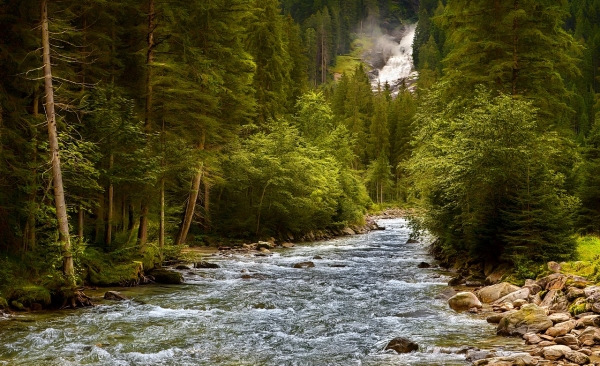Using a sophisticated new modeling approach, researchers at the University of Massachusetts Amherst have estimated carbon dioxide emissions from inland waters to 22 million U.S. lakes, rivers and reservoirs. It marks the first time this approach has been applied at a continental scale, and reveals previous methods may have overestimated CO2 emissions by as much as 25%.
In rivers, lakes and streams, CO2 is generated mostly through the breakdown of organic matter. Any time there is more CO2 in the water than the air, that water will “breathe” it out, emitting carbon as a gas — but how much CO2 , and how much is coming from each specific source, is still a big question mark.
“We need to know how much CO2 is being generated so we can predict how it will respond to climate change,” says Matthew Winnick, assistant professor of Earth, Geographic and Climate Sciences and corresponding author on the paper published in AGU Advances. “As temperature rises, we tend to think that a lot of the natural carbon cycle processes will respond to that and potentially amplify climate change.”
Read more at University of Massachusetts Amherst
Photo Credit: ArturGórecki via Pixabay
Sci/Tech Top Stories Climate Pollution
